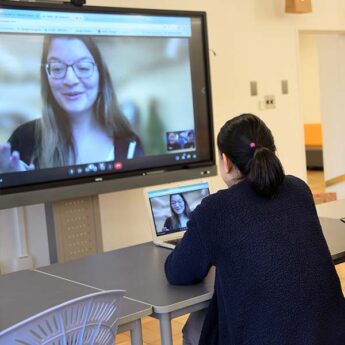Unexpectedly, the 10-time Grand Slam Tennis tournament winner Novak Djokovic has some good advice for public speakers: “I believe that half of any victory in a tennis match is in place before you step on the court. If you don’t have that self-belief, then fear takes over. And then it will get too much for you to handle. It’s a fine line. The energy of those moments is so high. How are you going to use it? Are you going to let it consume you, or are you going to accept its presence and say, ‘OK, let’s work together’ ”.
What he is saying is, we don’t worry about having fear or not having it, we look for how to control it. When we feel fear, our psychological fight or flight response provides energy to our major muscle groups in the chest, arms and legs. This is great energy to tap, in order to bring our belief and our passion to our messages. Speakers who look tired, bored or uninterested, are not going to be persuading anyone of anything, ever. So, we should accept that fear is part of the process of public speaking.
I read that Frank Sinatra felt fear every time before he performed. He always worried that the first note would not be there. Once he got going however, he could relax and enjoy the process. That applies to us as well; we have to use the first couple of minutes to get settled down. Then we can relax and enjoy the opportunity to help the audience, by providing our message or our valuable information. That is fine, but just how do we do that?
Here are some dos and don’ts.
Don’t put unbelievable pressure on yourself by trying to memorise your talk. Do have some key points you can elaborate on though, and have them in a logical sequence that will be easy for the audience to follow.
Don’t spend all of your preparation time putting together the slide deck. Do allocate time for rehearsal. The amount of time spent in preparation before a speech is the key to success. Incredibly, most people spend no time rehearsing and wonder why presenting is stressful. Ideally, watch yourself on video if possible; if not, then use a mirror and record the audio on your phone, so you can review how you sound. Rehearse as you will give it, looking at all parts of the room, gesturing, using voice modulation, inserting pauses and so on, while talking to your imagined listeners.
Don’t look down at your notes or laptop screen for too long. Do look at the people in your audience and make eye contact with them one by one so you can speak directly to as many people as possible.
Don’t do that with audience members who are scowling, sneering, or look doubtful, unhappy, angry, negative or cynical. Do ignore them completely and look for the audience members who are nodding, smiling, agreeing and look either supportive or at least neutral. This will help to maintain your confidence and equilibrium.
Don’t be thrown by anything unexpected; the show must go on. Unless it is an emergency and we have to leave the building, keep going no matter what. This is not always easy. I was once giving a speech in Nagoya arranged by the local Japanese Chamber of Commerce. I was speaking in Japanese and had barely gotten into my first sentence when a senior official of one of the central Japanese ministries, sitting in the front row to my left, suddenly erupted into loud laughter upon hearing me.
Being a non-native speaker of Japanese and always a bit shy about my Japanese ability, you can imagine how debilitating that very public outburst was for me. I looked at the man incredulously, but kept going for the next 40 minutes. In my mind I had to put all of my self doubts aside. I purposely only made eye contact with audience members who looked as though they were supportive. Many were visibly impressed that I was trying to speak their language, and they really helped me to keep going.
Tap into your energy and work with it, rather than try and fight it.







